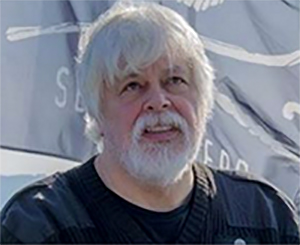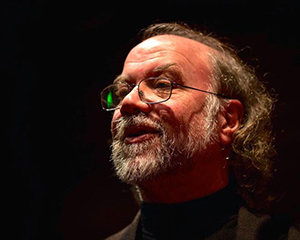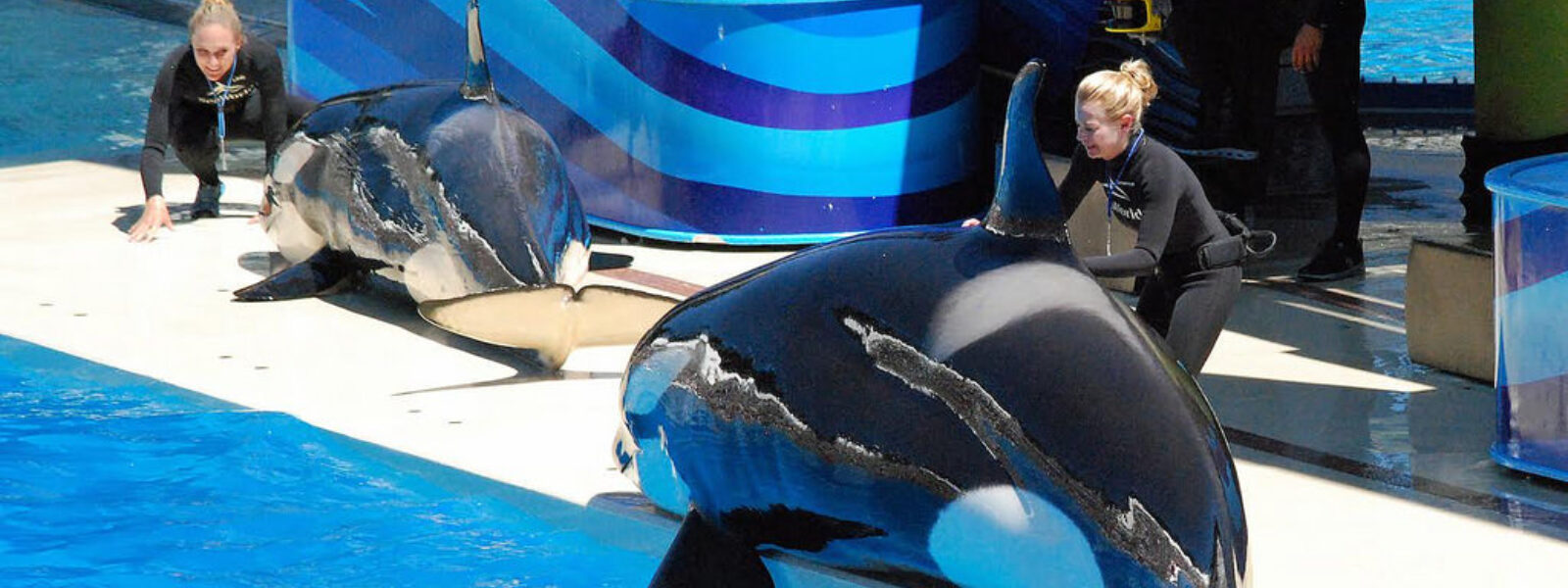

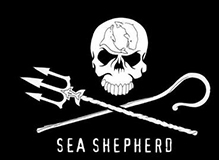
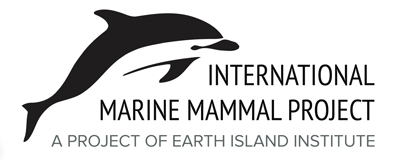
Both Sea Shepherd Conservation Society and Earth Island Institute's International Marine Mammal Project have worked for decades to protect dolphins and whales and to stop the trade and captive display of cetaceans around the world.
Our two organizations are in full agreement that SeaWorld’s new announcement is not nearly good enough.
Here are five reasons why we’re not buying the hype and are instead redoubling our efforts to see that SeaWorld’s concrete tanks are permanently emptied.
1. Decades of Orca Abuse Lie Ahead At SeaWorld
While orca breeding may be stopped, SeaWorld intends to keep the 28 orca whales on public display for the rest of their lives. With a new calf on the way from currently pregnant female orca “Takara” along with other young orcas, SeaWorld will likely be able to milk this “last generation” of orcas for 30 years. It could be even more if there is “accidental” breeding.
We cannot condone a plan that allows the physical and mental abuse of these orcas to continue.
2. Turning Their Backs On Relocation of Captive Orcas to Sea Pen Sanctuaries
SeaWorld has refused to even consider the relocation of its captive orca whales to sea pen sanctuaries. Sanctuaries can be created to offer orcas a safe environment where they can swim in natural seawater free of the stress, boredom, drugs, hormones, and lives of misery in concrete tanks.
The effort to bring the orca whale Keiko to a sea pen and netted-off bay in Iceland proved that this can be done successfully. There is not a single orca at any of SeaWorld’s facilities that wouldn’t benefit from relocation to a sanctuary.
SeaWorld’s claims that the only safe environment for orcas is keeping them in their concrete tanks is a transparent ploy to continue making every last dollar they can off the misery of captive orcas.
3. The SeaWorld Dolphin Sellout
While watching its stock rebound and media criticism wane, SeaWorld is hard at work expanding its abusive captive dolphin program. This year in San Antonio, SeaWorld will open the largest single capital investment in its 27-year history. It will double the size of the existing dolphin pool, adding more captive dolphins, and for the first time ever at this facility, allowing paying customers to swim with the dolphins.
For dolphins, it’s business as usual at SeaWorld.
4. Rewarding The Taiji Dolphin Killers
By expanding rather than ending its dolphin captive breeding, display, and swim-with-dolphins programs, SeaWorld is sending a big green light to the world captivity industry that there is no need to cease the breeding and display of dolphins.
SeaWorld is the dominant player in the world marine mammal captivity industry. By leaving dolphins out of their new “conservation” plan, SeaWorld sends a signal around the world that keeping dolphins in captivity it fine. This will be welcome news to the Taiji dolphin hunters as they keep up their capture and sale of dolphins to captive facilities in Japan, China, and Dubai and elsewhere.
5. SeaWorld Has Never Been A Caring Place for Dolphins and Whales -- And It Isn’t Now
We’re not buying into the illusion being created that SeaWorld is now a humane institution when it clearly is not. Does anyone truly believe this is about a new awakening of concern for orcas, rather than a desperate attempt to reverse the plummeting attendance, profit loss, and plunging stock price?
You can’t keep 28 orcas in misery for decades, expand your captive dolphin program, and refuse any prospects for orca relocation to humane seaside sanctuaries and expect to gain public support.
We're not fooled about what SeaWorld is up to and you shouldn’t be either. Don’t reward them by going to SeaWorld or letting up on your pressure. We’re sticking with our campaigns to empty the tanks.
